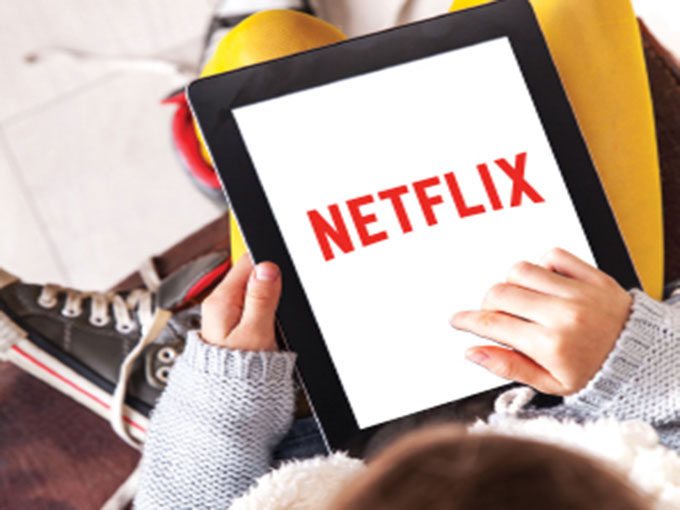After years of watching a generation of cord-cutters develop, cable companies can take heart from California-based research group SNL Kagan’s newest study, which found that 2015 marked the best year in subscriber retention rates since 2007.
But as SNL Kagan research analyst Tony Lenoir cautions, this is not necessarily a sign that things are on the upswing for traditional cable. Rather, he says, it could just be a case of the “dead cat bounce”— a colorful term referring to a small, momentary rebound in performance that never leads to a full recovery.
“Even if there’s no panic, there’s no denying at this point that multi-channel (cable) subscriptions are going down,” says Lenoir. “The question now is, what can the industry learn from this?”
The SNL Kagan study found that cable’s strength in 2015 meant that the loss was not as staggering as it has been in recent years. Companies that operate two or more cable TV systems lost 599,000 total customers in the US last year, marking the industry’s first drop of less than a million since 2007, when 458,000 customers cut their cords.
SNL Kagan estimates that combined satellite and telecommunications companies lost more than a million video (cable and satellite, but not internet) customers in 2015, and the decline last year was more than four times greater than in 2014, marking the third consecutive annual drop. That said, the final quarter of 2015 showed a less drastic decline (only 15,000 customers were lost in that period.) Lenoir says early observations of 2016 show a similar pattern, but it is too early to draw any conclusions.
According to Lenoir, there’s also been a rise over the past year in the number of “broadband-only” homes, wherein residents don’t subscribe to cable or satellite at all. This phenomenon was recently addressed by PBS KIDS’ new free 24/7 multiplatform content service, which serves the large number of US kids who rely solely on over-the-air viewing—a group that makes up a staggering 40% of PBS KIDS’ weekday audience.
Plus, the growing prevalence of SVOD services—which are undoubtedly plentiful within the kids space—is certainly influencing cord-cutting habits.
“A lot of people find having Netflix, Hulu or Amazon Prime—or any combination of the three—is enough to suit their needs,” he says. “When you add in YouTube videos and rental (transactional) services like iTunes… it’s not just that they suit their needs, they’ve generated new viewing habits.”
From Stream. With files from Wendy Goldman Getzler.





















